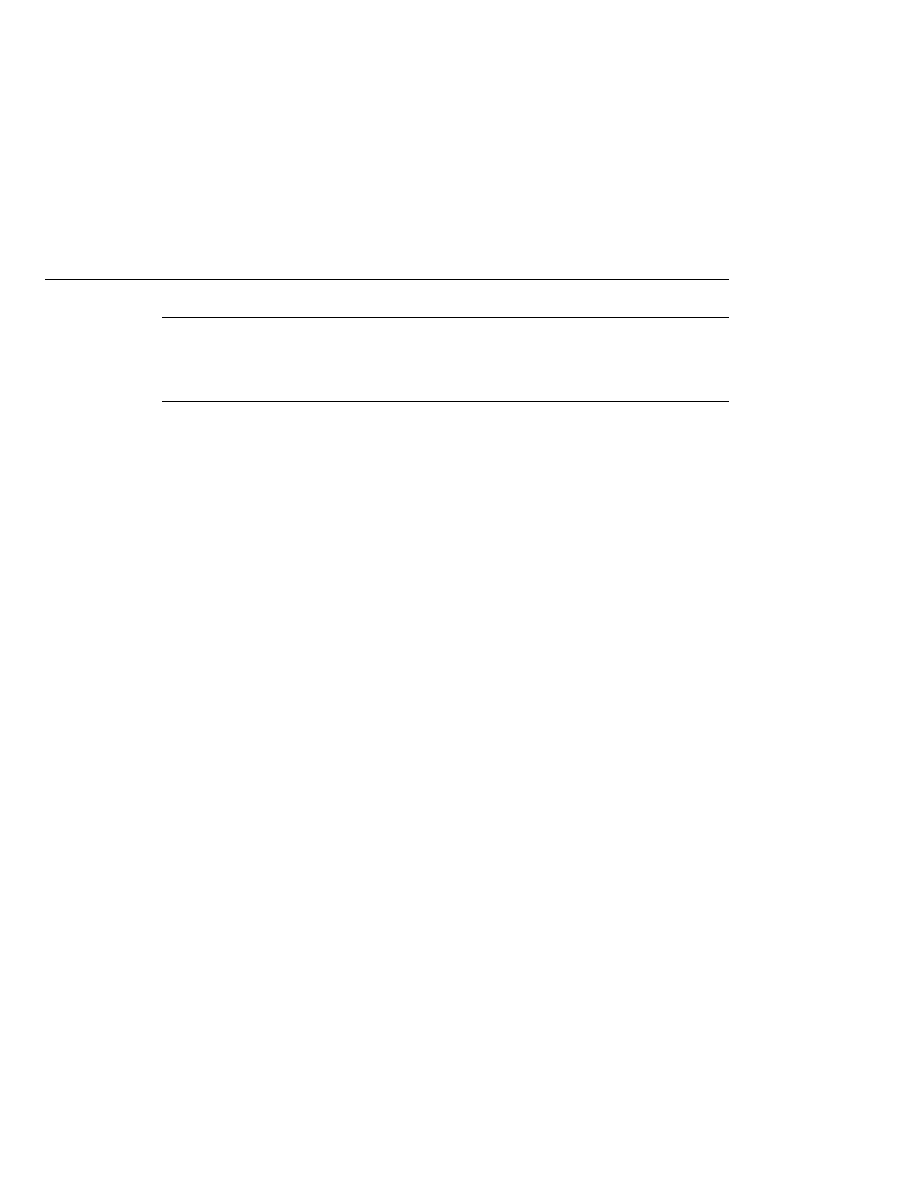
More about Character Encoding
More about Character Encoding
reverse order. UTF-16 documents cannot be interchanged between such systems without a
conversion.
character set registry at
set, which provides support for most languages. For storage and transmission over networks,
however, many other character encodings are used. The Java 2 platform therefore also supports
character conversion to and from other character encodings. Any Java runtime must support
the Unicode transformations UTF-8, UTF-16BE, and UTF-16LE as well as the ISO-8859-1
character encoding, but most implementations support many more. For a complete list of the
encodings that can be supported by the Java 2 platform, see